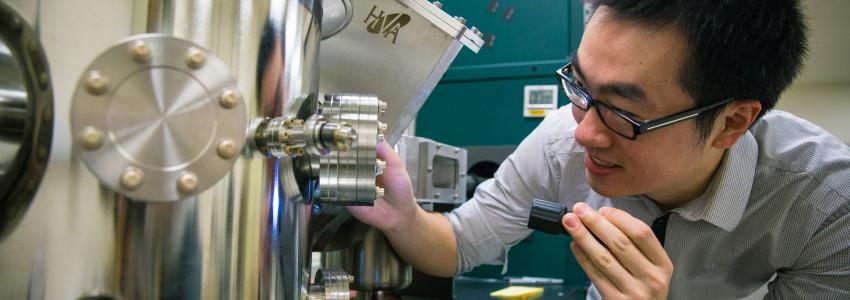
The program focuses on the fundamental physics and device applications of advanced electronic and optoelectronic devices, MEMS, microfluidic and biomedical devices, as well as on the science and engineering of new materials and device structures at the micro-, nano-, and atomic scales. This program is highly interdisciplinary and explores broader applications in revolutionizing electronics, optoelectronics, and medicine.
Research areas:
- Compound semiconductor epitaxial growth and heterostructure devices
- Hybrid and monolithic heterogeneous integration of high-performance materials to Silicon
- Advanced CMOS devices and circuits
- Spin-related devices
- Advanced optical MEMS, bio-MEMS and RF MEMS
- Organic and inorganic semiconductor nanostructures
- Micro- and nano-fabrication
- Advanced technologies for nanoscale imaging and metrology
- Advanced nano-sensors (photo, force, temperature, chemical, biological)
- Electro-neural interfaces and neural probing
- Photovoltaics, thermoelectrics, and renewable energy
- Fusion energy materials and engineering
- Structure-Property correlation in novel materials and devices
- Nanolasers and nanophotonics
- Artificial photosynthesis and CO2 reduction
- Printed and flexible electronics
- Microfluidic and nanofluidic devices
- Bioelectronic and biophotonic devices
- Medical devices
Application areas:
- Wireless communications and other high-frequency systems
- High-speed optical communications and microwave photonics
- Information storage and manipulation
- Digital VLSI systems
- Renewable and clean energy harvesting devices and systems
- Biological and chemical sensing
- Reliable human-machine interfaces and prosthetic devices
- Drug delivery and medicines
- Bioinspired devices and systems
- Cell-based and molecular-based assays for medicine
Faculty

Shadi A. Dayeh
Professor
858-534-5171
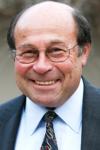
Y. Shaya Fainman
Distinguished Professor
858-534-8909

Eric Fullerton
Distinguished Professor
858-534-9639

Drew A. Hall
Professor
858-534-3855

Duygu Kuzum
Professor
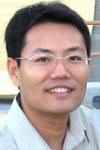
Zhaowei Liu
Professor
858-822-3470
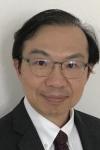
Yu-Hwa Lo
Distinguished Professor
858-822-3429
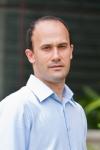
Vitaliy Lomakin
Professor
858-822-4726

Shayan Mookherjea
Professor
858-534-4483

Abdoulaye Ndao
Associate Professor
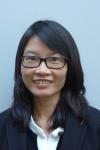
Tse Nga Ng
Professor
858-534-4898

Kenji Nomura
Professor

Gabriel M. Rebeiz
Distinguished Professor
858-534-8001
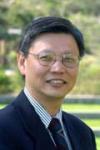
Paul K. Yu
Provost, Revelle College
Distinguished Professor
858-534-1571
Emeritus Faculty
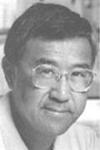
Silvanus S. Lau
Professor Emeritus
858-534-3097
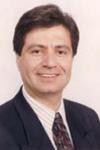
Farrokh Najmabadi
Professor Emeritus

Charles W. Tu
Professor Emeritus
858-534-4687
